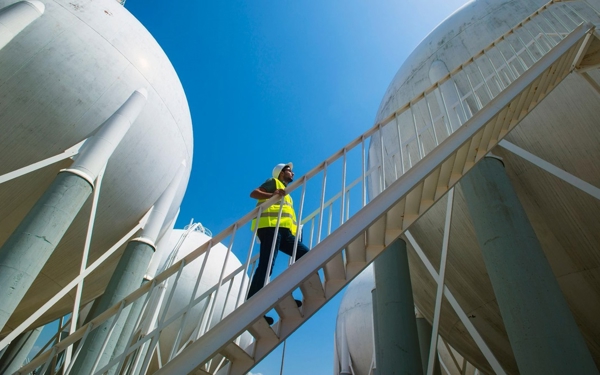The Paris Climate Agreement implies significant changes for society, the economy and the financial sector. If companies lag behind the required transition path, they may find themselves squeezed by tighter government policies, legal rulings and changing consumer preferences. This could lead to risks for banks because of the associated write-down of these companies. These risks prompt us, as a supervisory authority, to advocate both at the global level (in the Basel Committee on Banking Supervision, the international standard-setter for banking regulation) and at the European level (at the European Banking Authority, the EU banking regulator) for the appropriate treatment of climate risks in the capital framework, for instance by setting concentration limits.
Theoretical framework: a forward-looking analysis of banks' loan portfolios
Dutch banks' loan portfolios were analysed using the Paris Agreement Capital Transition Assessment (PACTA) method, making use of two measures: the change in technology mix and the production trajectory. Applying this theoretical framework to the automotive industry, the technology mix reflects the share of electric cars, hybrid cars, hydrogen-powered cars and traditional combustion-engine cars in total car production. If the technology mix deviates from the transition scenario, this could be due to an overproduction of combustion-engine cars, or because too few electric cars are being manufactured. This is why the production trajectory is also examined alongside the technology mix. When applied to the automotive industry, this second measure reflects the planned production of each type of car in the next five years. We compared the results to an International Energy Agency (IEA) scenario in which global warming is limited to 1.5°C.
Companies need to switch faster to sustainable alternatives
Based on both measures, we conclude that the companies in the most carbon-intensive sectors in the loan portfolios of Dutch banks are not transitioning quickly enough. The analysis reveals that car manufacturers are not switching from producing combustion-engine cars to electric cars rapidly enough to meet the Paris climate goals. The switch from fossil-fuel-based power generation to renewable sources is also progressing too slowly. In addition, oil extraction by companies in the loan portfolios of Dutch banks will increase in the coming years, while a decrease is needed. In the natural gas production sector on average the companies are adapting quicker than the transition scenario calls for (Table 1).
Table 1 Summary of transition scenario results






